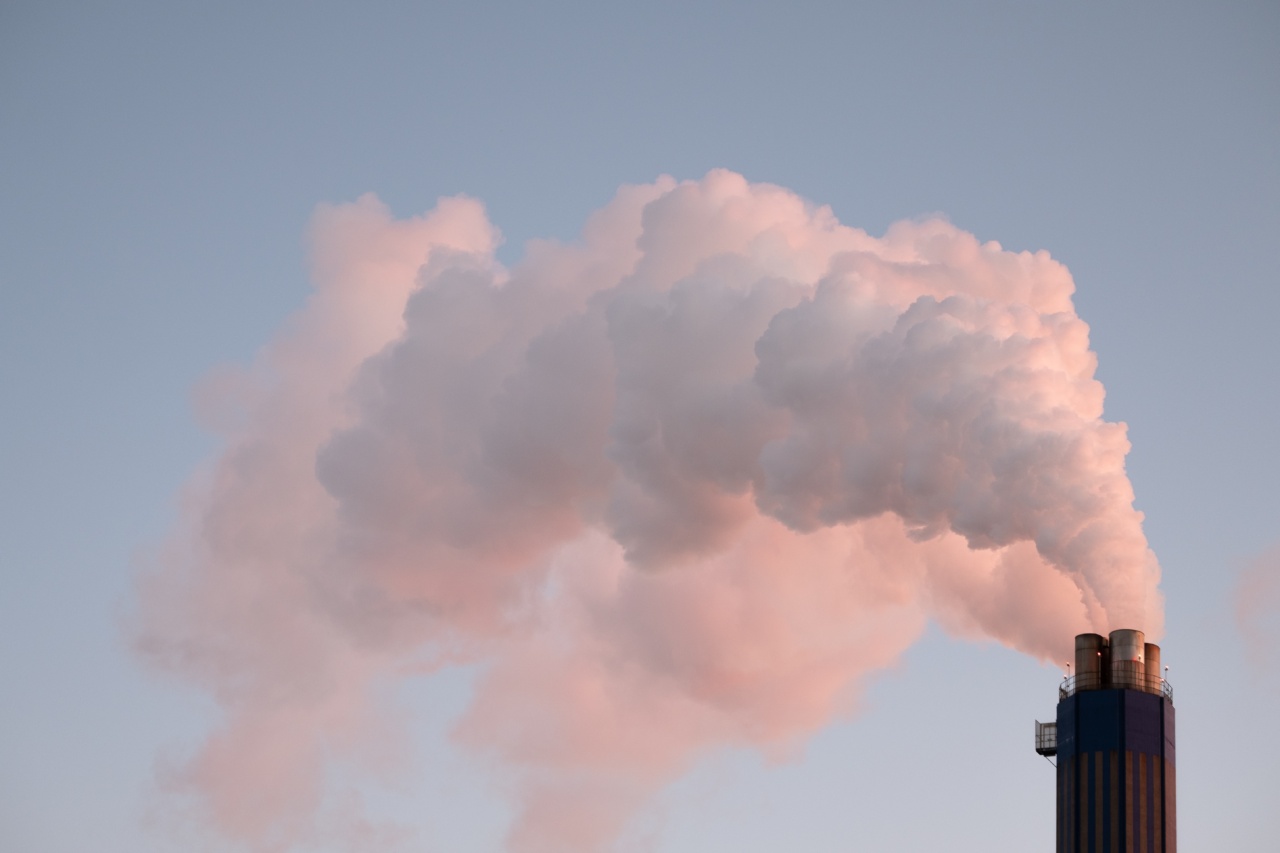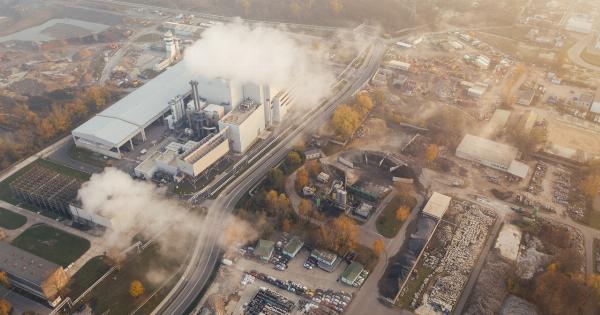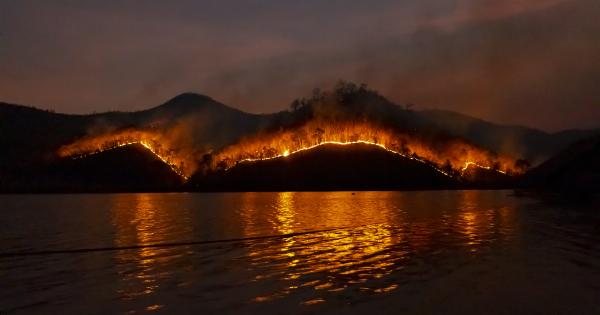Chemicals are substances that are found in almost every aspect of our daily lives. They are used in various industries such as agriculture, manufacturing, and healthcare.
However, certain chemicals can be harmful to our health, especially when they affect the respiratory system. This article will discuss ten chemicals that harm the respiratory system.
Asbestos
Asbestos is a naturally occurring mineral that was widely used in construction materials, such as insulation and tiles, until the 1980s.
When asbestos fibers are inhaled, they can cause lung cancer, mesothelioma, and asbestosis, a lung disease that causes breathing difficulties. Asbestos is now heavily regulated, but it can still be found in buildings and homes built before the 1990s.
Benzene
Benzene is a chemical that is used as a solvent and in the production of plastics, synthetic fibers, and rubber. It is also found in cigarette smoke and gasoline.
Exposure to high levels of benzene can cause leukemia, a blood cancer that affects the white blood cells. Benzene can also cause respiratory problems such as cough, chest tightness, and shortness of breath.
Carbon Monoxide
Carbon monoxide is a colorless, odorless gas that is produced by the incomplete burning of fuels such as gasoline, wood, and oil. Carbon monoxide can cause headaches, dizziness, nausea, and vomiting.
In severe cases, it can lead to loss of consciousness and death. Carbon monoxide poisoning can also cause long-term respiratory problems such as chronic bronchitis.
Formaldehyde
Formaldehyde is a colorless gas with a pungent odor that is used as a disinfectant and in the production of various chemicals, resins, and plastics.
Formaldehyde can irritate the eyes, nose, and throat and can cause respiratory problems such as coughing, wheezing, and shortness of breath. Long-term exposure to formaldehyde can also increase the risk of cancer.
Lead
Lead is a heavy metal that is found in soil, water, and air. It was commonly used in gasoline, paint, and pipes until it was phased out in the 1970s. Lead exposure can cause damage to the brain and nervous system, especially in children.
It can also cause respiratory problems such as coughing, wheezing, and shortness of breath.
Methylene Chloride
Methylene chloride is a colorless liquid that is used as a solvent and in the production of various chemicals. It is also found in some paint strippers and degreasers. Methylene chloride can cause headaches, dizziness, and nausea.
It can also cause respiratory problems such as coughing, wheezing, and shortness of breath. Long-term exposure to methylene chloride can increase the risk of cancer.
Nitrogen Dioxide
Nitrogen dioxide is a reddish-brown gas that is produced by the burning of fossil fuels such as gasoline and coal. It is also found in cigarette smoke and indoor gas appliances.
Nitrogen dioxide can cause respiratory problems such as coughing, wheezing, and shortness of breath. Long-term exposure to nitrogen dioxide can increase the risk of respiratory infections and asthma.
Perfluorooctanoic Acid (PFOA)
PFOA is a chemical that is used in the production of non-stick coatings for cooking utensils, clothing, and carpets. PFOA can cause respiratory problems such as coughing, wheezing, and shortness of breath.
Long-term exposure to PFOA can increase the risk of cancer and affect the immune system.
Radon
Radon is a naturally occurring radioactive gas that is found in soil, rock, and water. It can seep into buildings and homes through cracks in the foundation and walls. Radon can cause lung cancer, especially in people who smoke.
It can also cause respiratory problems such as coughing and shortness of breath.
Sulfur Dioxide
Sulfur dioxide is a gas that is produced by the burning of fossil fuels such as coal and oil. It is also found in some industrial processes. Sulfur dioxide can cause respiratory problems such as coughing, wheezing, and shortness of breath.
It can also worsen existing respiratory conditions such as asthma and chronic bronchitis.






























